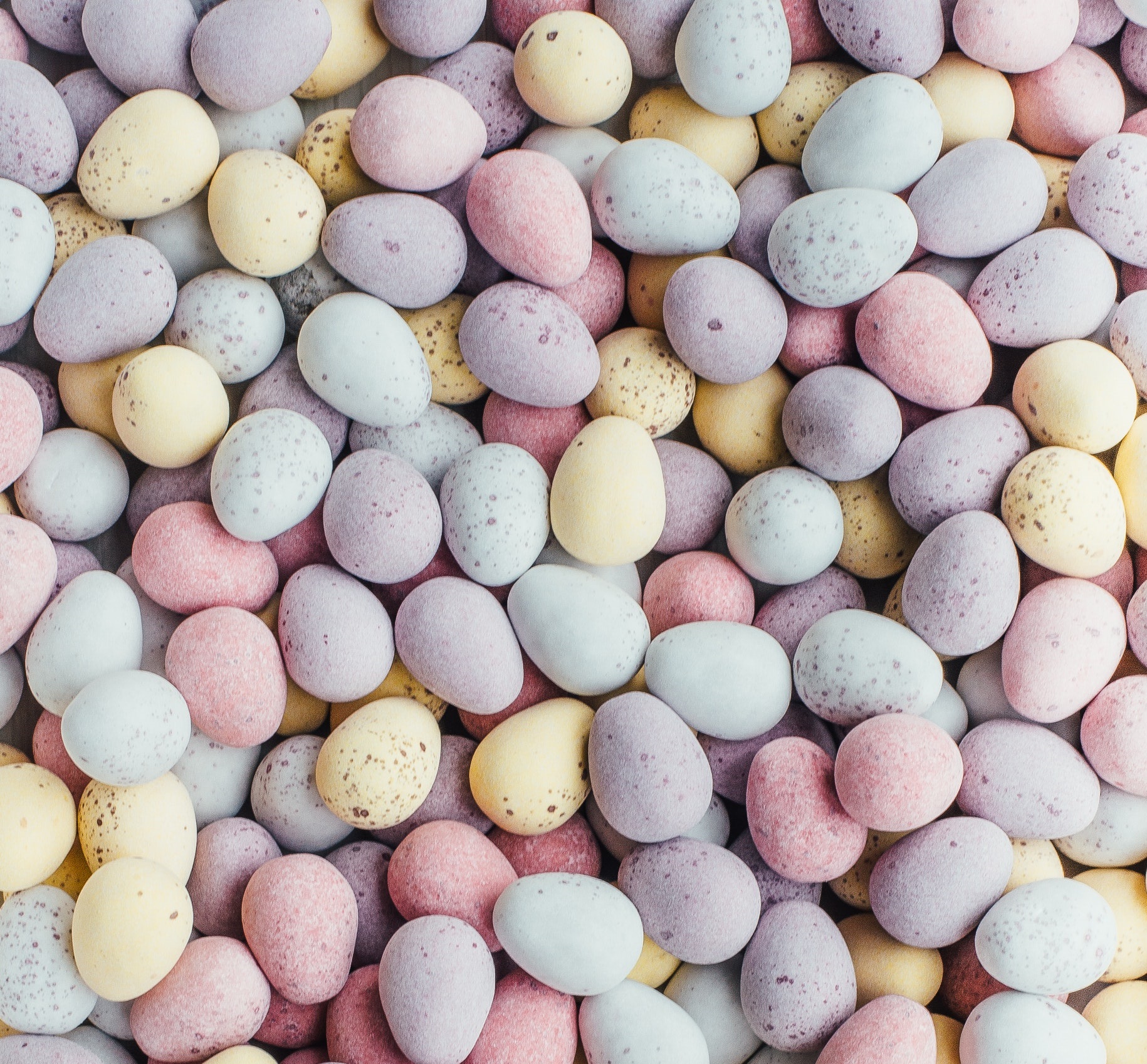Every Easter, we see a plethora of egg-shaped items in various pastel colours appear in stores. This is similar to most holidays where stores try to capitalize on consumers wanting fun, themed items to celebrate that occasion. What happens the day after Easter, or any holiday though? Stores clear out the remaining themed items for huge discounts since that holiday is now over and demand for them is much, much lower. This practice can help teach us a valuable lesson about supply and demand, how both of those affect prices, and how we can save large amounts of money through planning and patience.
The classic example is Easter chocolate. Chocolate treats in Easter colours and designs are everywhere in the days leading up to the holiday weekend, but are usually priced at a slight premium, or at the very least, regular price. What happens on the day after though? Well, Easter is over and people don’t have the same demand for those themed items, so stores are forced to drop prices significantly in order to entice people to buy and clear out remaining stock. The same happens at Halloween, Christmas, Valentine’s Day, etc. Easter chocolates and treats can be found for up to 75%+ off starting the day after.
Now sometimes, we want these themed items for the actual holiday, which is totally understandable. There are many instances though where if we think and plan ahead, we can wait and buy items during these low demand periods, where stores are selling them at huge discounts. Want a new artificial Christmas tree? The best time to buy is right after Christmas, when people are starting to put theirs away for the year and stores are clearing out whatever trees they still have remaining. This practice doesn’t just apply to holidays however. The same principles apply to everyday items like clothing as well. The best time to buy is at the end of the given season for that item of clothing. Looking for a new winter jacket? The best time to buy is towards the end of winter. Want a new bathing suit? You’ll find prices are cheapest at the end of summer.
Of course, it’s easy to say at those times, well I don’t NEED that item or have the money for it right now, so I’ll wait. The problem here is that the price goes back up to full price when that item is in season again, and you actually do need it. The fix for this is to plan ahead and budget, and buy off-season whenever you can, or whenever it makes sense. Over the course of a year, you can save hundreds, or even thousands of dollars by buying seasonal items you’re wanting or needing after their peak season is finished. The Easter or holiday pricing cycle is always very similar – high or regular prices leading up to the holiday, and then deep discounts as soon as it’s over. Pay attention and try and start recognizing these patterns so you can take advantage of them. Some stores have even started to lower prices at the last minute just before the holiday to attract customers. In recent years, early boxing Day/Week sales have sometimes started on the 23rd and 24th before Christmas even hits.
Again, the trick in being able to take advantage of these off-season discounts, is planning ahead and budgeting. As much as it may feel like you’re spending money on a non-essential item at the time, you’re actually saving money in the long run by not having to pay full price the following season.








 Share On Facebook
Share On Facebook Share On Twitter
Share On Twitter
